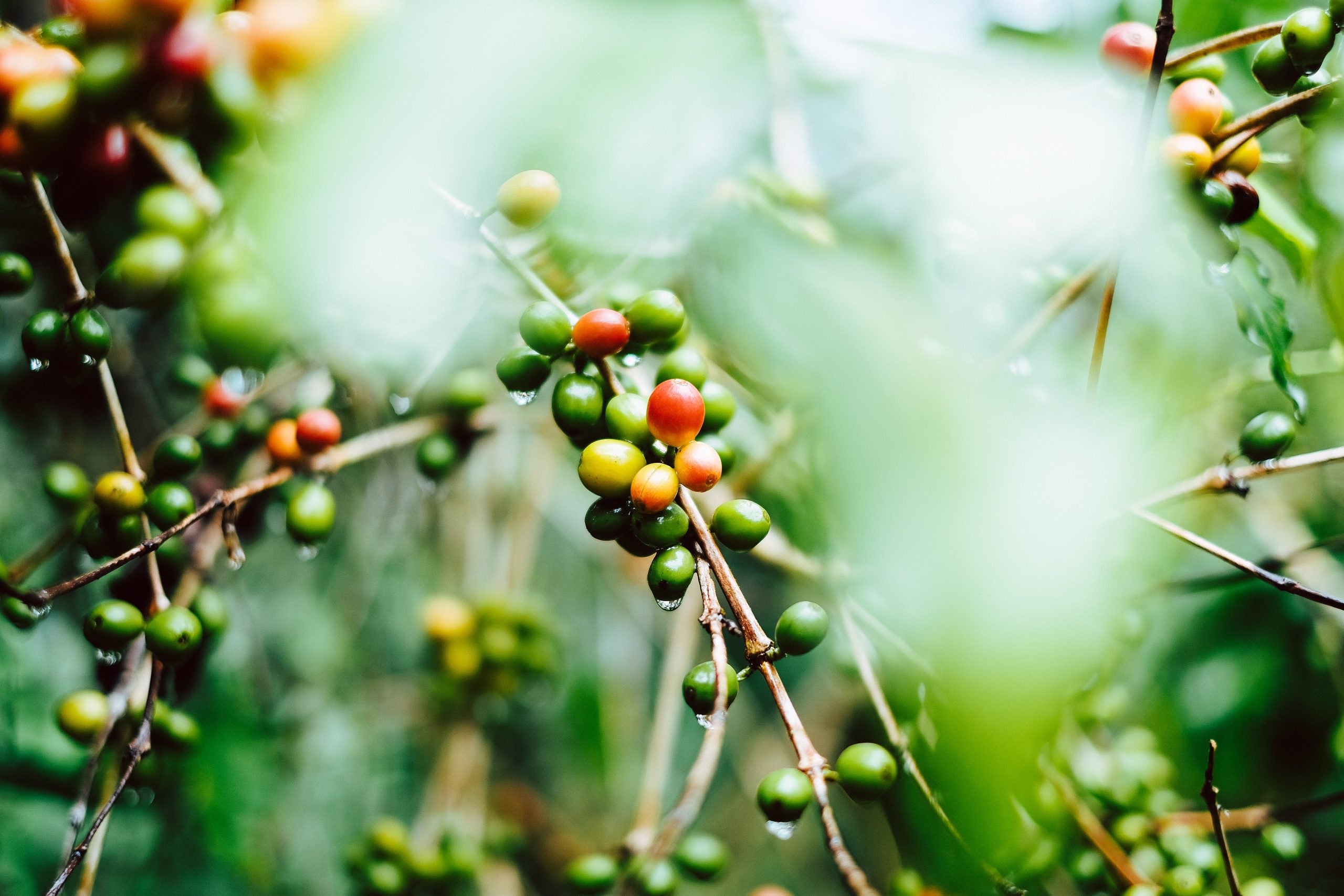
Kahlúa – Coffee for good
Coffee is the main ingredient in Kahlúa. It’s also an ingredient associated with high risks related to working conditions and environmental factors, so making sure we source it in a sustainable way is really important for us.
Together with non-profit organization Fondo para La Paz in Mexico, Kahlúa have initiated a project involving four coffee communities in Veracruz, Mexico. The project addresses issues in three key areas: social, economic and environmental. By providing people with sustainable farming methods that increase yields through improved farming techniques and the use of more climate change resistant coffee plants, the aim is to increase the farmers’ income and livelihood.
The project addresses issues in three key areas: social, economic and environmental.
Farmers have learned a lot from the cooperation with Fondo para La Paz, gaining knowledge about soil and water management to improve crop yields. They have also started to build terraces, to stop erosion and soil loss from rainfall, since coffee in this area is farmed on mountain slopes. Farms here are also affected by climate change, with new rainfall patterns and higher temperatures, so an important part of the project is to educate in how to adapt to the new conditions.
Initially, only one village was involved in the project, but only two years in, it expanded to include three additional villages in Veracruz. All villages participating in the project interact with other villages, so a key component is spreading the newly gained knowledge to nearby communities.
Initially, only one village was involved in the project, but only two years in, it expanded to include three additional villages in Veracruz.
Last year, the involved villages organized a farmers’ day event together with NGO Fondo para La Paz, inviting specialists and researchers to showcase sustainable farming methods in order to increase knowledge and understanding further.
Ultimately, our goal is to source all our coffee (300 tons annually) for Kahlúa from these four villages. The first year of the project only saw us sourcing smaller quantities from the village, measured in kilos. Last year, the output was up to 15 tons and this year we reached our target of 60 tons, despite the impact of COVID-19. We’re still on track to meet our goal of buying all our coffee by 2022.